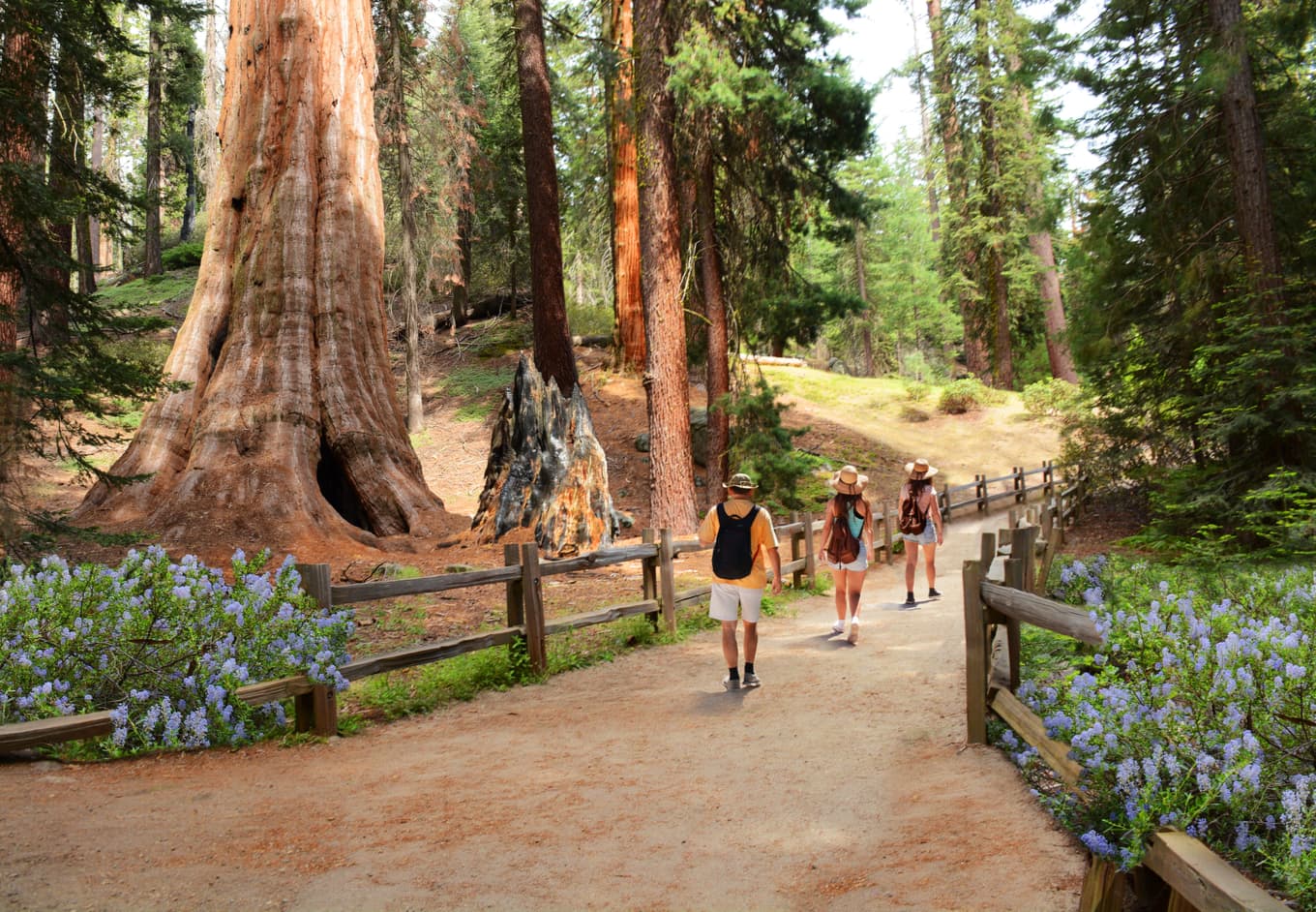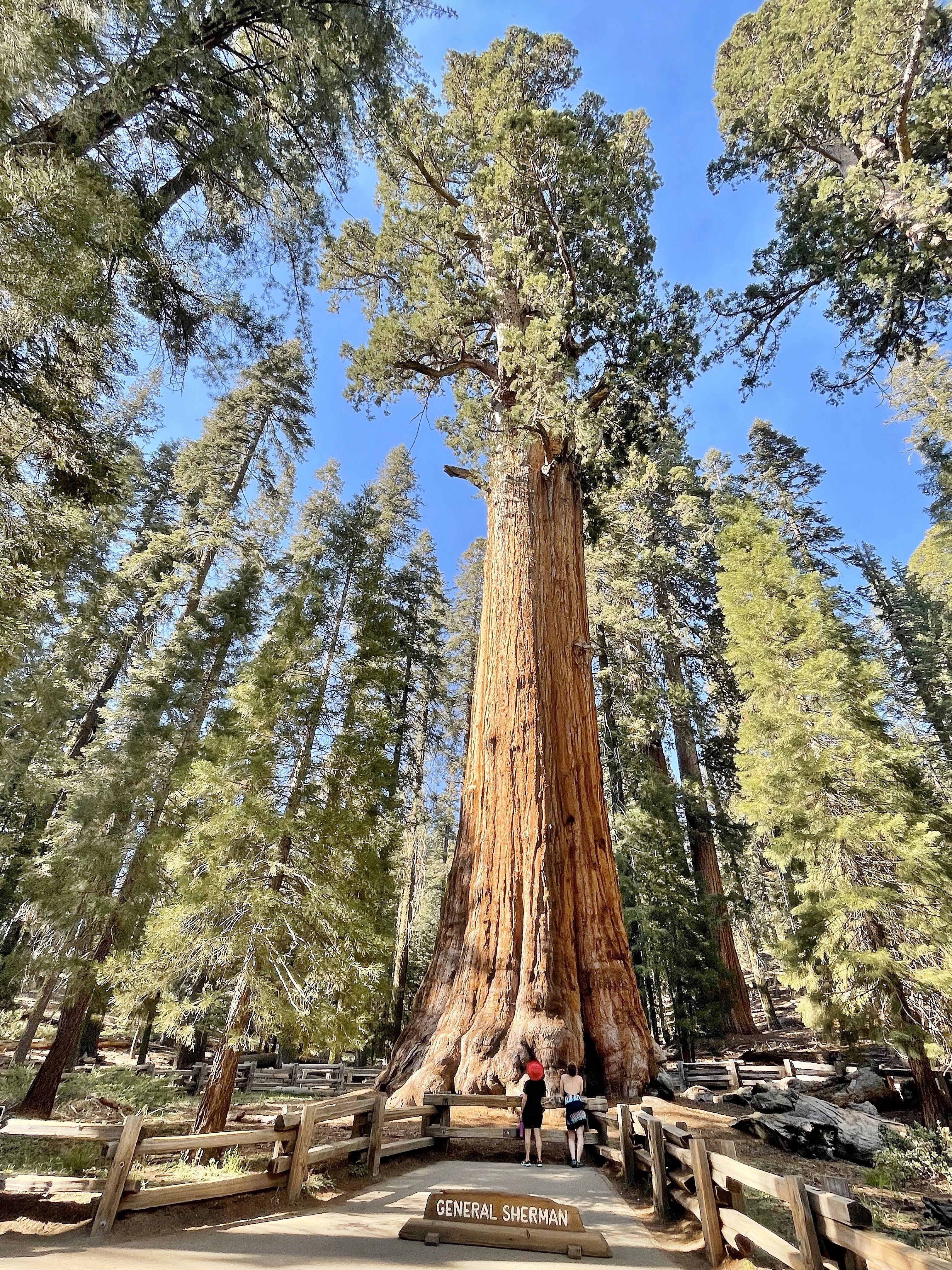Sequoia National Park Weather-- Be Gotten Ready For Your Outdoor Experience
Sequoia National Park Weather-- Be Gotten Ready For Your Outdoor Experience
Blog Article
Discover the Diverse Wildlife Habitats Within Sequoia National Park
Sequoia National Park is an ecological prize, showcasing an impressive variety of wildlife habitats that contribute to its abundant biodiversity. From the impressive large sequoia woodlands to the varied towering fields, each atmosphere plays a vital function in sustaining various species, including both usual and unusual animals.
Overview of Sequoia National Forest
Sequoia National forest, nestled in the southern Sierra Nevada hill range of The golden state, is renowned for its breathtaking landscapes and looming giant sequoias. Established in 1890, it is one of the oldest nationwide parks in the United States, committed to preserving the all-natural appeal and ecological integrity of this unique region. The park encompasses over 404,000 acres of varied terrain, featuring marvelous mountains, deep canyons, and rich fields.

Site visitors can check out many treking tracks, ranging from leisurely strolls to tough backcountry routes, each supplying an unique viewpoint of the park's magnificence. With its combination of natural marvels and entertainment chances, Sequoia National forest works as a vital haven for both wildlife and those seeking to connect with nature.

Major Wild Animals Habitats
The varied landscapes of Sequoia National forest create a mosaic of wildlife environments that sustain an abundant variety of types. These habitats vary from lavish fields and thick woodlands to rough towering zones and extensive river valleys, each giving one-of-a-kind eco-friendly particular niches.
One popular habitat is the giant sequoia forest, identified by looming trees and an abundant understory, which supports different animals, birds, and insects. The mixed conifer forests, composed of varieties such as sugar want and white fir, deal added shelter and food resources for wild animals.
Meadows and grasslands play an essential role in the park's environments, acting as vital foraging grounds for herbivores like deer and tiny animals. These open locations likewise attract diverse bird species, specifically during movement periods.
The park's higher elevations feature towering habitats, where problems are extreme and types are adapted to survive in such extremes (Sequoia National Park hour). Right here, one can discover one-of-a-kind flora and animals that grow in rough, cool settings
Plants and Animal Variety
Within the diverse environments of Sequoia National forest, an exceptional variety of plants and fauna coexists, showcasing the intricate partnerships that sustain the park's biodiversity. The park is home to over 1,300 plant species, consisting of the famous gigantic sequoias, which are among the largest and oldest trees in the world. These impressive trees offer necessary environment and food sources for numerous wild animals, fostering a complex internet of environmental interactions.
Pet varieties in Sequoia National Park are just as varied, with habitats varying from lowland foothills to high towering settings. Creatures such as black bears, mule deer, and bobcats thrive in this abundant community, while avian species, consisting of the marvelous gold eagle and the elusive spotted owl, grace the skies. Amphibians and reptiles, like the Sierra amphibian and the western rattlesnake, likewise play important duties in preserving environmental equilibrium.
The park's one-of-a-kind combination of altitude slopes and microclimates sustains these diverse Your Domain Name varieties, highlighting the relevance of preserving the natural habitats that permit such an abundant tapestry of life to thrive. Recognizing this diversity is essential for appreciating the eco-friendly value of Sequoia National forest.
Preservation Efforts in the Park
Conservation efforts in Sequoia National Park play an important role in protecting its special environments and the varied types that occupy them. The park uses a multifaceted technique, including habitat restoration, species keeping an eye on, and invasive varieties administration. These initiatives are crucial for maintaining the delicate balance of the park's communities, that include giant sequoias, meadows, and towering atmospheres.
Active restoration jobs concentrate on improving indigenous plant communities and restoring abject habitats. Sequoia National Park hour. This is specifically essential in locations affected by human task or natural disturbances such as wildfires. The park's biologists perform regular monitoring of crucial types, including the endangered Sierra Nevada bighorn sheep, to examine populace wellness and notify management strategies
Intrusive species pose a significant threat to the park's biodiversity. With these thorough efforts, Sequoia National Park strives to protect its abundant all-natural heritage for future generations while guaranteeing the resilience of its varied wild animals habitats.
Tips for Wild Animals Monitoring
Observing wild animals in Sequoia National Park provides an one-of-a-kind chance to attach with nature and value the varied species that thrive in this impressive environment. To maximize your wild animals monitoring experience, take into consideration a number of vital suggestions.
Firstly, strategy your visit during morning or late mid-day, as these times are most active for numerous animals. Bring field glasses to observe wildlife from a secure distance without disturbing their all-natural behavior. Additionally, familiarize yourself with the varieties you really hope to see; understanding their routines and environments can enhance your chances of detecting them.
Persistence is essential; wild animals observation usually needs waiting silently and recognizing your surroundings. Stay on designated tracks to decrease your influence on the ecological community and ensure your safety. It is also suggested to preserve a respectful distance from pets, avoiding any type of actions that could stress them or disrupt their setting.
Last but not least, think about joining assisted tours led by educated park rangers. These experts can provide useful insights and enhance your opportunities of witnessing wildlife in their natural settings. By following these ideas, you can enrich your experience and add to the preservation of Sequoia's wild animals.

Conclusion
Sequoia National forest functions as an essential refuge for diverse wildlife, showcasing an exceptional variety of environments that sustain numerous types. The interaction between large sequoia woodlands, combined conifer woodlands, meadows, and alpine regions promotes a rich eco-friendly tapestry. Continuous conservation initiatives are crucial for maintaining these habitats and the one-of-a-kind plants and fauna that populate them. Inevitably, the park's biodiversity highlights the importance of preserving such natural landscapes for future generations.
Please visit one of our local supporters - Wholesale Liquidation Pallet Airpods Pro
Report this page